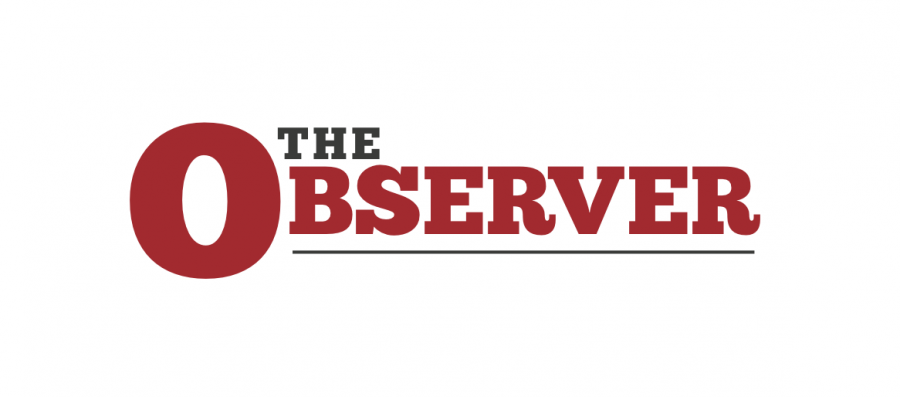Update to academic alert system
February 28, 2019
The academic alert system CWU currently uses was introduced in 2015-2016. Before the current system was put in place faculty had to log in via email with credentials. After that they would be taken to another page to enter information about students. That data would go back to the developer who would send a list of students in danger of failing to advisors.
Carolyn Thurston, M.A., Director of Academic Success Initiatives Office of the Dean of Student Success believes the warning system plays a role in CWU improving retention rates.
“Of course, absolutely anytime there is a program that is developed to intervene and help students, it’s going to improve student retention,” Thurston said.
Thurston said about a third of the faculty are regular users of the system. The goal is to have 100 percent of the faculty use the system, if 75 to 85 percent of faculty use the system next quarter it would help students.
The updated system was created with two goals in mind, user friendliness and accessibility.
“Faculty can go into their [class] roster pull up students in the class hit button next to their name if concerned,” Thurston said.
Hitting the button next to the student’s name will take them to another page. This page has two boxes, attendance and academics, used depending on the reason for concern. Thurston also said teachers can leave comments for the students.
Once the instructor sends an academic alert email, they receive a confirmation email. Within 24 hours an email is sent to the student and their advisor(s) in the CWU email system. According to Thurston the system is a tool that gives feedback beyond the classroom.
The academic standing icon in MyCWU was developed three years ago. Before that visual was put on MyCWU, students would say they didn’t know they were in academic trouble according to Thurston.
Student progress reports have been used for 100- and 200-level courses, which includes most general education courses. The progress report system was introduced in the fall of 2018. According to Associate Provost Bernadette Jungblut, CWU is trying to keep an eye on freshmen who are transitioning to college life.
“Providing students every opportunity to be successful and to earn a degree is everyone’s responsibility at Central,” Jungblut said.
According to Jungblut, the new progress reports are part of a comprehensive plan by CWU to increase student retention rates. The progress reports come out once a quarter. Going forward, the provost’s office hopes to have the progress reports completed around the fifth or sixth week of the quarter so students have time to decide whether they need to drop a course before the uncontested withdrawal period closes in week six.
“We have preliminary results that suggests the progress reports are helping our students. We will know more by the spring term,” Jungblut said.
Before Jungblut came to CWU three years ago, she worked at West Virginia University, where they used the progress report system.
CWU administration has made it clear they want to improve student retention, according to information released by the CWU Institutional Effectiveness office provided by Jungblut. From last fall to winter quarter CWU has retained over 90 percent of the freshmen. In fall 2017 to fall 2018 the retention rate of freshmen was 69.3 percent (close to losing 1 out of every 3 students). CWU’s retention committee has researched ways to improve, implement new student programs or systems like progress reports that have shown to be successful at other universities. Jungblut said the committee is trying to make sure they have a complete inventory of resources currently available to students and those resources are as effective as possible. A comprehensive inventory of all the student programs should be available this spring.
“You can’t help students if you don’t fully understand what they need to be successful,” Jungblut said.
One of those student resources is tutoring. According to Brooks Library Director of Learning Commons Katie Boswell, the library has seen an increase in students needing tutoring.
From winter 2018 to winter 2019 (to date), there was a nine percent increase in the number of students seeking tutoring, and a 46 percent increase in the total hours of tutoring provided according to the tutoring center.
According to faculty senate chair Amy Claridge the goal of the progress report and the early alert system is to be proactive in getting students the academic support they need.
“Without this intervention, they may be unsuccessful in their courses and drop out,” Claridge said. “The goal is that with intervention, we may be able to help them be successful and stay at the university.”


